
Kiliii Yuyan
Every spring for the last 2000 years, the Iñupiat people have stood on the tuvaq, the edge of the shorefast ice, waiting for the annual migration of bowhead whales. The whaling season has begun. Bowhead whaling is a cultural cornerstone of Iñupiat identity and a primary source of food on...
Every spring for the last 2000 years, the Iñupiat people have stood on the tuvaq, the edge of the shorefast ice, waiting for the annual migration of bowhead whales. The whaling season has begun.
Bowhead whaling is a cultural cornerstone of Iñupiat identity and a primary source of food on the Arctic Slope, where the cost of living is nearly three times that of mainland US. For the past three springs, I have stood on the sea ice as a guest of a whaling crew. As an indigenous person, I wanted to understand and document their subsistence life in the Arctic, where the danger of cultural death is just as imminent as an attack from a polar bear.
This project began as a set of impressions of the stark and beautiful world on the sea ice. My crew stood on the ice next to our skinboat. We waited for the return of the bowhead whales. We watched, day and night, as starving polar bears tried to catch us unawares. We felt the ice melt under our feet.
I’m beginning to understand the essence of this Native culture, and by extension, my own. The traditions, the whaling, they bring everyone together. From the moment a whaling crew begins to prepare, half the village finds a way to participate. This is what it means to be the People of the Whale. I started this project searching for the striking imagery of whaling. I leave this project with an invisible Iñupiaq sensibility so deeply embedded, I will forever seek to capture it my work.
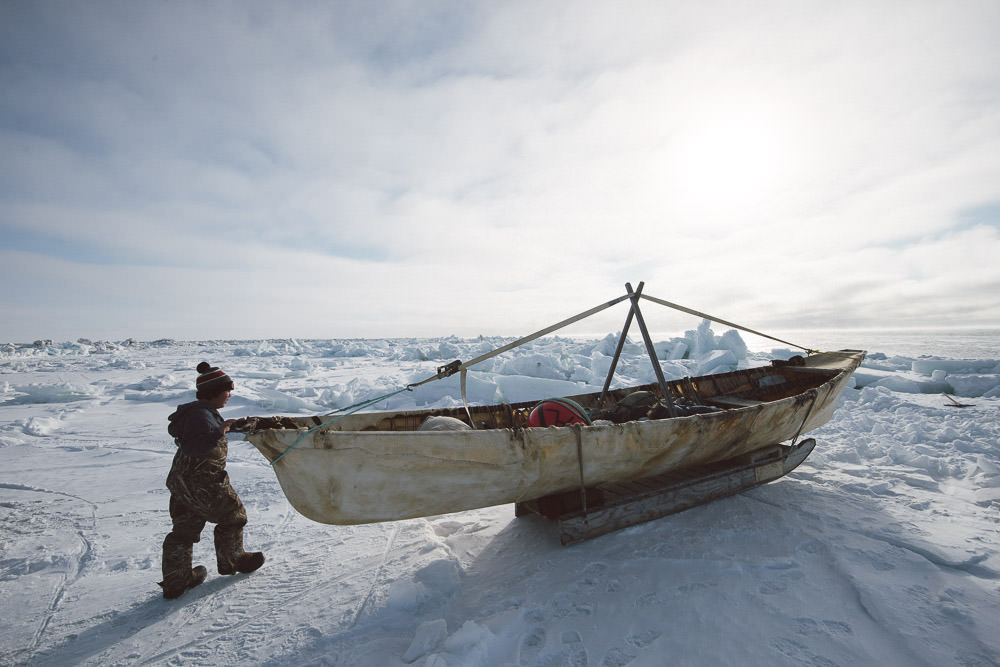
Young Whaler
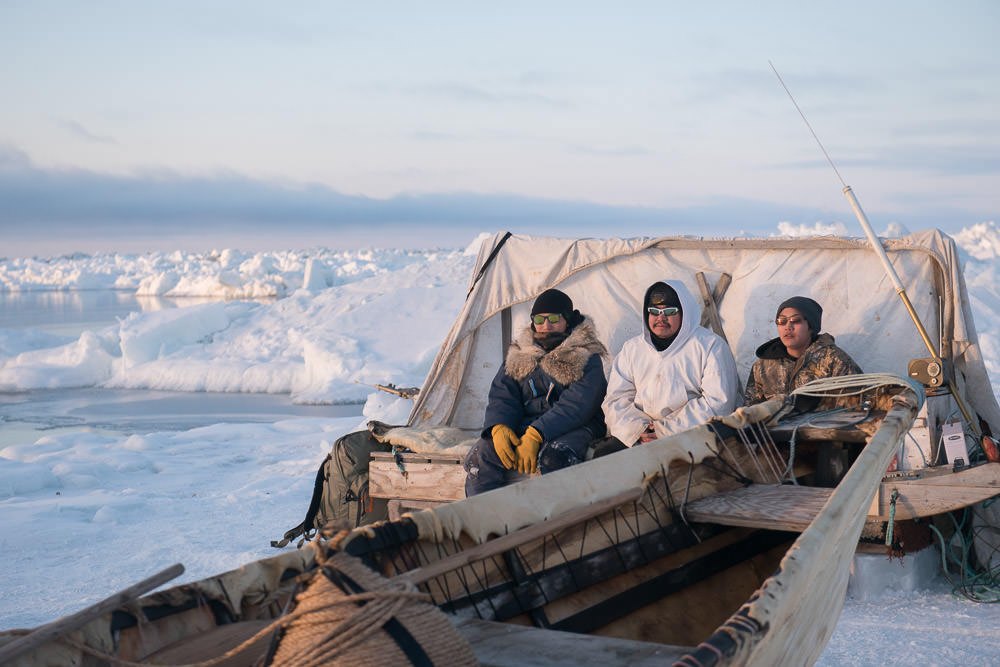
On Watch
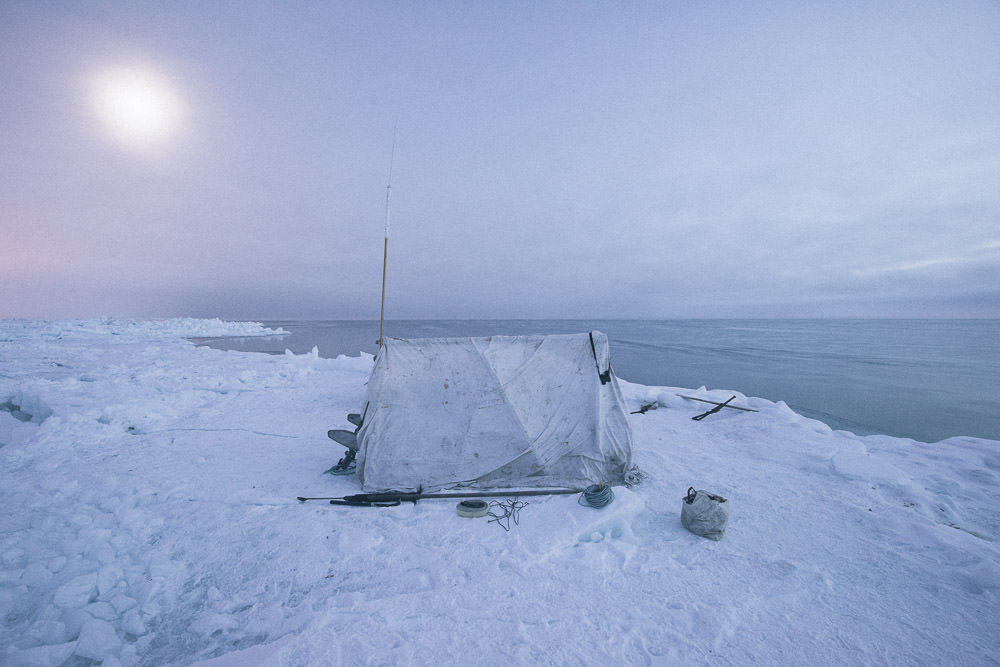
Whaling Blind, 2am
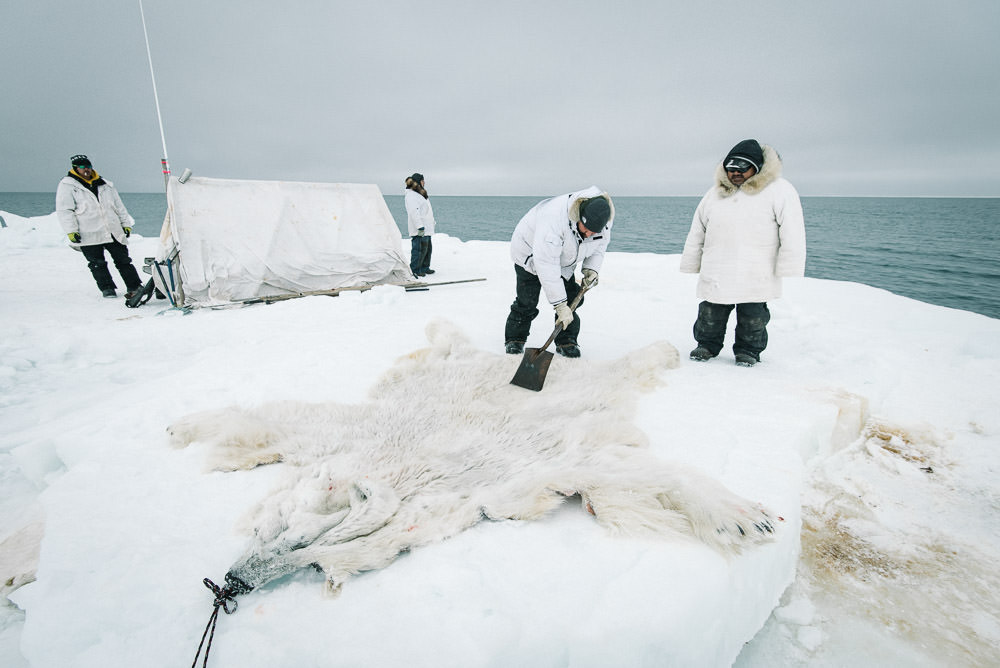
Nanuq Hide
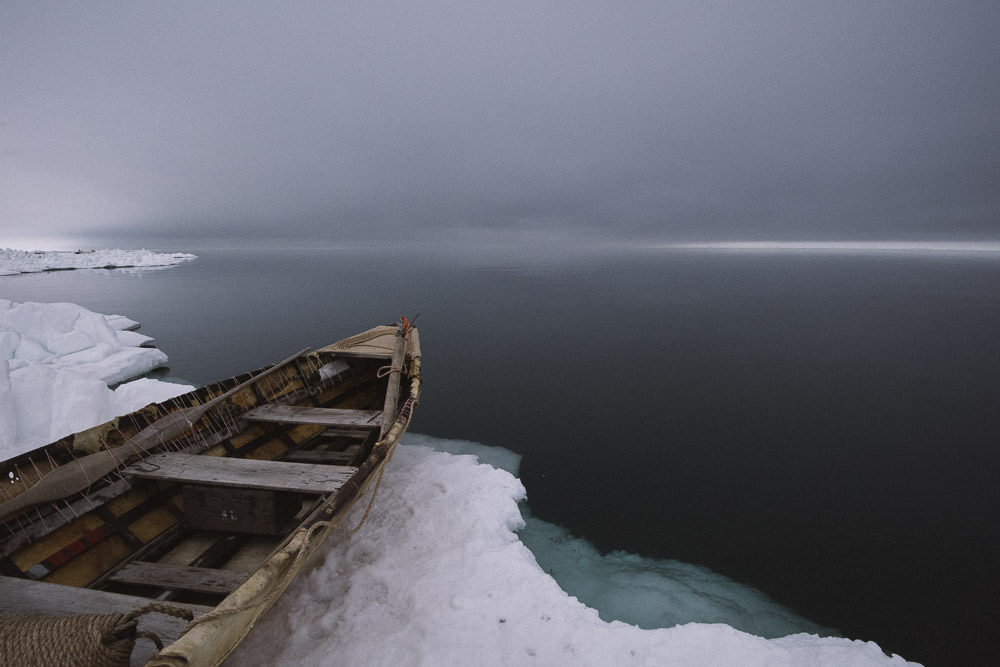
Ice Fog and Umiaq
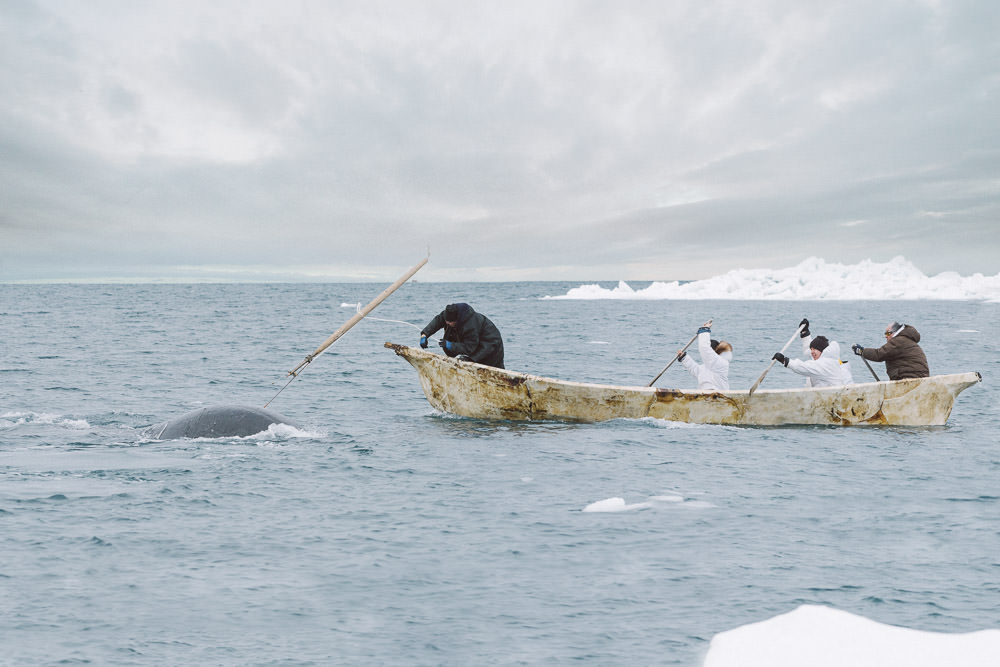
Harpooning Agviq
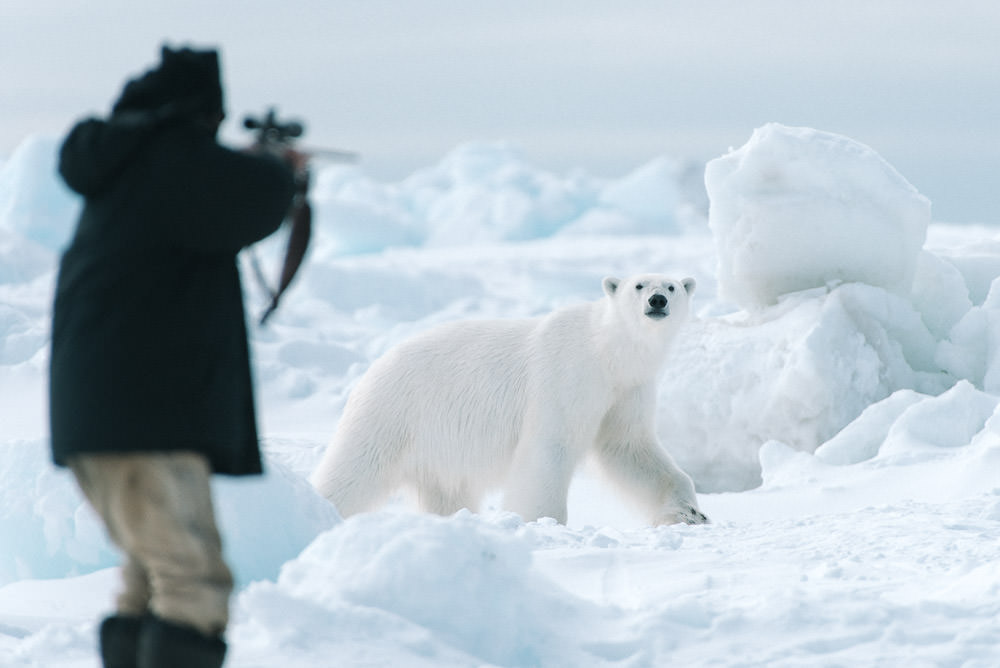
Nanuq Standoff
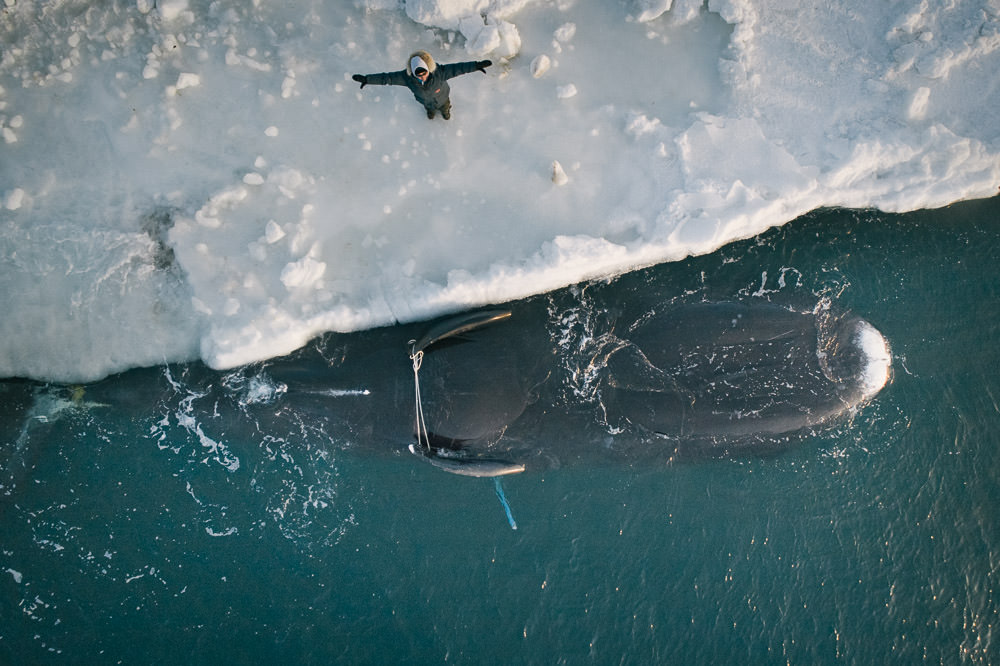
Gift of the Whale
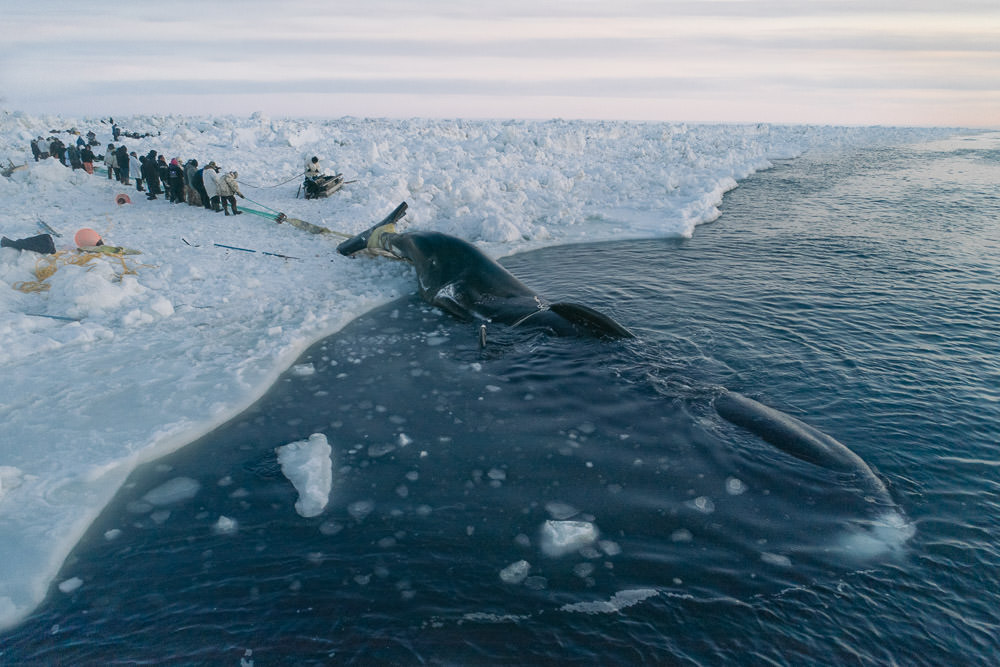
Hauling the Ice Whale
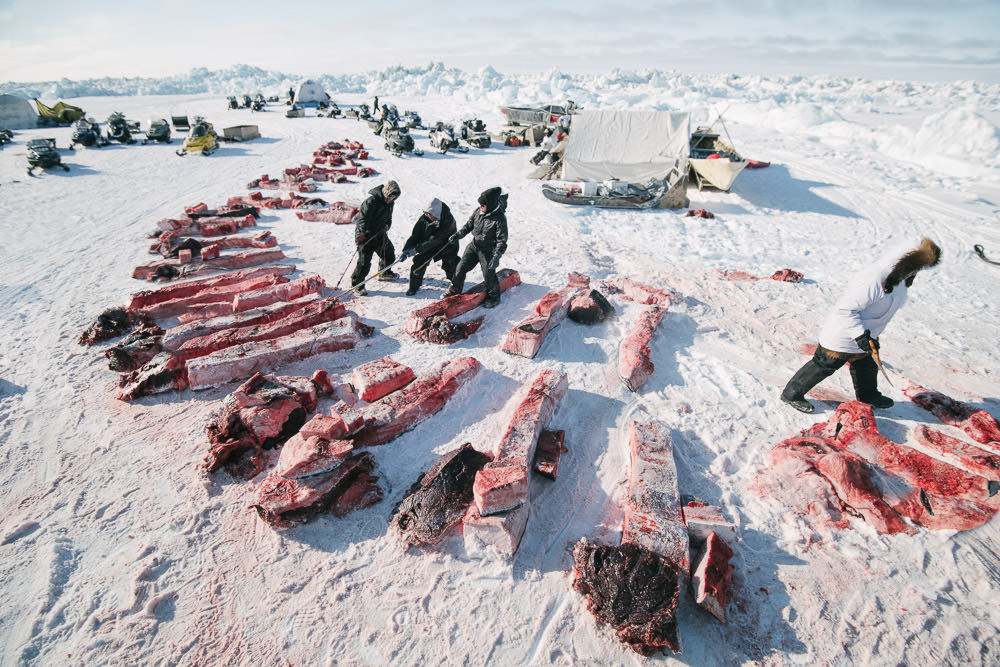
Niñit for the People



